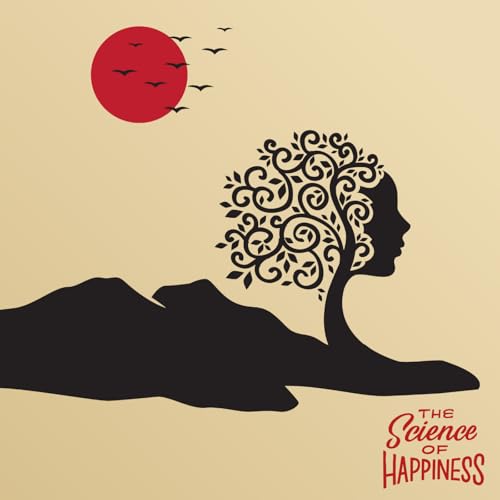We explore how embracing uncertainty enables us to move beyond climate anxiety and despair to hope and action, with author and activist Rebecca Solnit.
Summary: When you think about climate change, do you feel hope? In this episode of The Science of Happiness, we examine what it means to feel hopeful for the future of our planet. Renowned writer and activist Rebecca Solnit shares why she loves uncertainty, what gives her hope, and how hope empowers her. Later, we hear from climate scientist Patrick Gonzalez about why he believes climate hope is scientifically sound, and how much power we truly have to create meaningful change.
How To Do This Practice:
- Acknowledge the hard stuff: Hope doesn’t come from ignoring reality, it begins with honesty. Naming the fears, grief, or overwhelm we feel about climate change and life’s challenges.
- Remember uncertainty leads to possibility: Despair often assumes the future is fixed. But history is full of surprises and turning points. When we leave space for uncertainty, we leave space for possibility.
- Focus on progress, not perfection: Every step forward matters. Clean energy expanding, policies shifting, communities protecting what they love. Small and large wins alike fuel the feedback loop between hope and action.
- Nourish yourself with beauty, awe, and joy: A sunrise, music, dancing, kindness, or the courage of others can all awaken something bigger in us. Awe quiets despair and helps us see new ways forward.
- Connect with others: Hope grows when it’s shared. Joining movements, communities, or simply leaning on friends creates a sense of belonging and power. Together, the ants can move the elephant.
- Practice hope daily: Some days hope comes easily; other days it doesn’t. That’s normal. Journaling, noticing progress, limiting bad news, and showing up in community are all ways to keep practicing.
Scroll down for a transcription of this episode.
Today’s Guests:
REBECCA SOLNIT is an author, activist, and historian. She has written over 20 books on Western and Indigenous history, feminism, social change, hope, and disaster.
Learn more about Rebecca Solnit here: http://rebeccasolnit.net/
PATRICK GONZALEZ is a climate change scientist and forest ecologist at the University of California, Berkeley.
Learn more about Patrick Gonzalez here: http://www.patrickgonzalez.net/
Related The Science of Happiness episodes:
Climate, Hope, & Science Series: https://tinyurl.com/pb27rep
The Healing Effects of Experiencing Wildlife: https://tinyurl.com/bde5av4z
Related Happiness Breaks:
How To Ground Yourself in Nature: https://tinyurl.com/25ftdxpm
Pause to Look at the Sky: https://tinyurl.com/4jttkbw3
Tell us about your experience with this practice. Email us at happinesspod@berkeley.edu or follow on Instagram @HappinessPod.
Help us share The Science of Happiness! Leave us a 5-star review on Apple Podcasts and share this link with someone who might like the show: https://tinyurl.com/2p9h5aap
Transcription: https://tinyurl.com/3uw3hdk3
 Nov 20 202517 m
Nov 20 202517 m 7 m
7 m Nov 6 202518 m
Nov 6 202518 m Oct 31 202527 m
Oct 31 202527 m Oct 30 20258 m
Oct 30 20258 m Oct 23 202521 m
Oct 23 202521 m 7 m
7 m Oct 9 202522 m
Oct 9 202522 m
